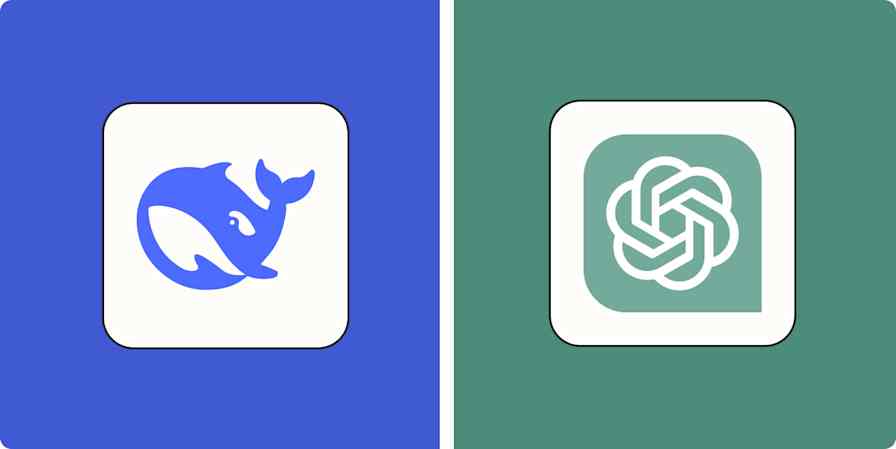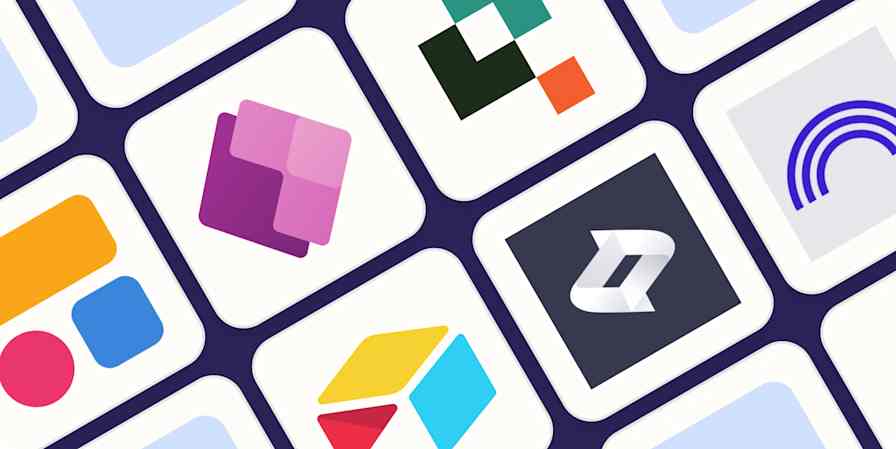App tips
11 min readWhat is Microsoft Copilot? (And how to access it)
By Miguel Rebelo · March 28, 2024

Get productivity tips delivered straight to your inbox
We’ll email you 1-3 times per week—and never share your information.
mentioned apps
Related articles
Improve your productivity automatically. Use Zapier to get your apps working together.








